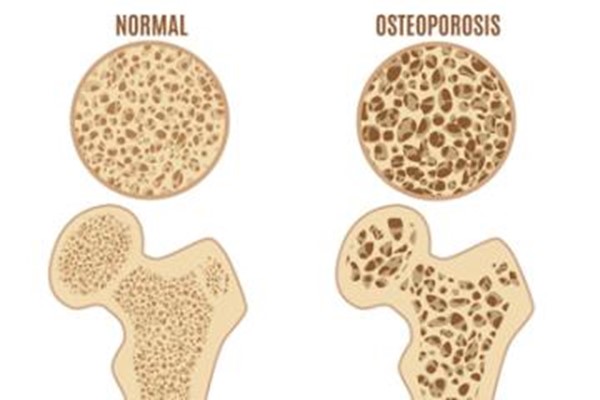A nurse is assessing a client who gave birth 1 week ago. The client states, "I don't know what's wrong. I love my baby, but I feel so let down and I seem to cry for no reason.” The nurse should identify that the client is experiencing which of the following emotional responses to birth?
Postpartum depression.
Taking-in phase.
Postpartum blues.
Taking-hold phase.
The Correct Answer is C
Choice A rationale:
Postpartum depression is a more severe and prolonged form of emotional response to childbirth. It involves persistent feelings of sadness, hopelessness, and difficulty bonding with the baby. The symptoms of postpartum depression are different from what the client is experiencing, so this choice is not correct.
Choice B rationale:
The taking-in phase is a normal emotional response to birth, where the mother is focused on her own needs and experiences during the immediate postpartum period. The client's symptoms do not align with this phase, as she is expressing feelings of sadness and crying for no reason.
Choice C rationale:
The postpartum blues, also known as the "baby blues,” is the correct choice. It is a common and transient emotional response to birth experienced by many new mothers. The mother may feel overwhelmed, have mood swings, and cry for no apparent reason. These symptoms usually resolve on their own within a few days to a couple of weeks, and supportive care is typically sufficient.
Choice D rationale:
The taking-hold phase is a phase where the mother becomes more confident in her caregiving abilities and starts to take a more active role in caring for her baby. The client's symptoms do not align with this phase, as she is expressing feelings of sadness and crying for no reason.
Nursing Test Bank
Naxlex Comprehensive Predictor Exams
Related Questions
Correct Answer is C
Explanation
Choice A rationale:
Raloxifene is not used to treat migraines. It is a selective estrogen receptor modulator (SERM) that primarily acts on bone tissues, estrogen receptors, and has anti-estrogenic effects in the breast, which may reduce the risk of breast cancer.
Choice B rationale:
Raloxifene is not used to treat hypertension (high blood pressure) It is primarily indicated for the prevention and treatment of osteoporosis in postmenopausal women.
Choice C rationale:

This is the correct choice. Raloxifene is indicated for the treatment and prevention of osteoporosis in postmenopausal women. It helps increase bone density and reduces the risk of fractures associated with osteoporosis.
Choice D rationale:
Raloxifene is not used to treat heart disease. While it may have some cardiovascular benefits due to its effects on cholesterol levels, it is not a primary medication for heart disease management.
Correct Answer is A
Explanation
Choice A rationale:
Assisting the client to void is a priority intervention in this situation. A full bladder can displace the uterus and prevent it from contracting effectively, leading to a boggy and high- positioned fundus. After the client empties her bladder, the nurse should reassess the fundus to ensure it has descended to its appropriate location, which is usually at or just below the level of the umbilicus.
Choice B rationale:
Documenting the findings as within normal limits is incorrect because a firm, displaced fundus that is 3 cm above the umbilicus is not considered normal. This finding indicates that the uterus is not contracting adequately, and the nurse should take appropriate actions to address the issue.
Choice C rationale:
Gently massaging the client's fundus is not the correct intervention in this case. Massaging a firm fundus could cause uterine irritation and should be avoided. Instead, the nurse should encourage the client to empty her bladder, which often helps the uterus contract and descend to its proper position.
Choice D rationale:
Encouraging the client to ambulate may be helpful in some cases to promote uterine contractions and involution. However, in this situation, the priority is to address the full bladder, as it is a common cause of a displaced and high fundus shortly after delivery.
Whether you are a student looking to ace your exams or a practicing nurse seeking to enhance your expertise , our nursing education contents will empower you with the confidence and competence to make a difference in the lives of patients and become a respected leader in the healthcare field.
Visit Naxlex, invest in your future and unlock endless possibilities with our unparalleled nursing education contents today
Report Wrong Answer on the Current Question
Do you disagree with the answer? If yes, what is your expected answer? Explain.
Kindly be descriptive with the issue you are facing.
